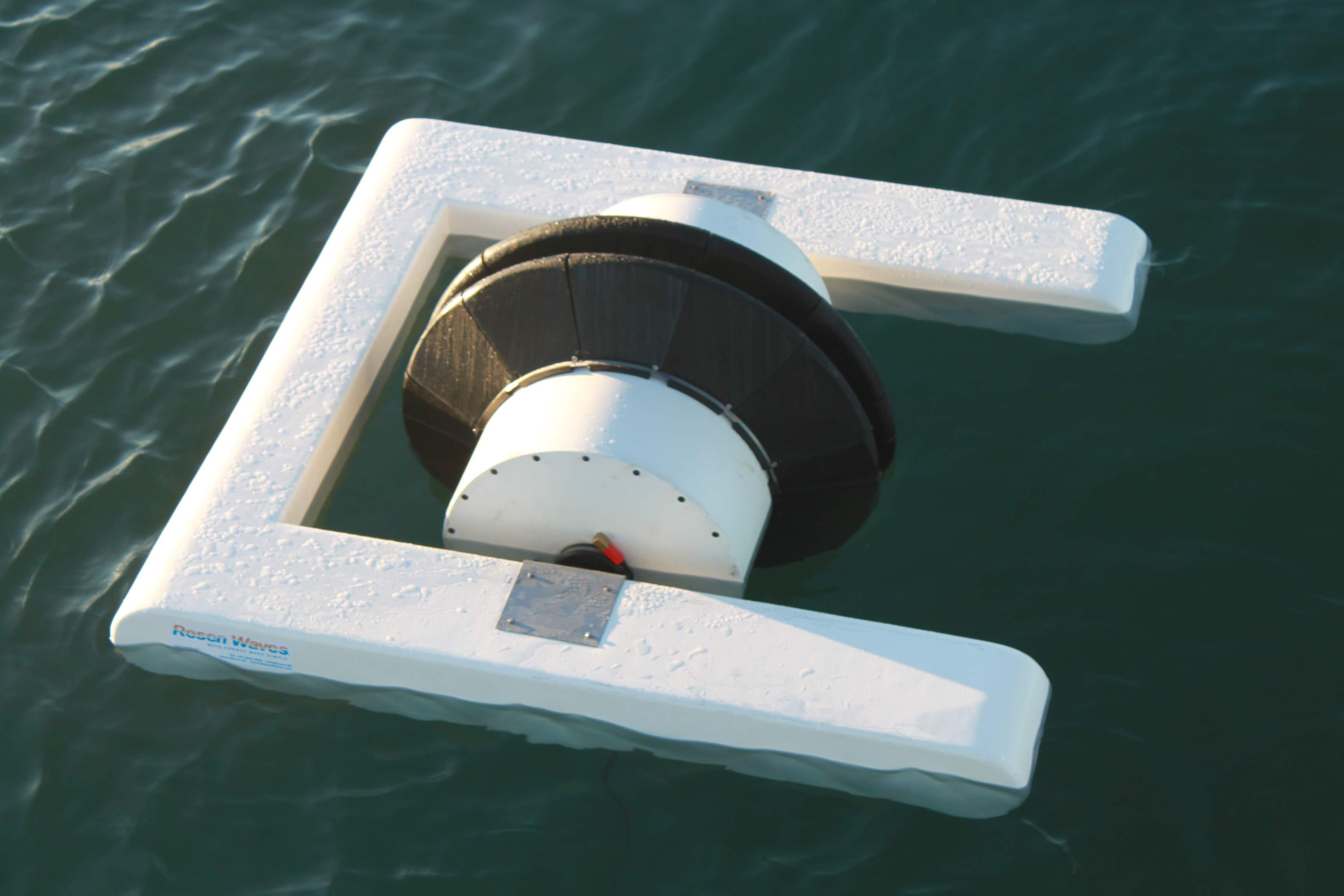
Wave Energy & Data Communications
Sustainable Energy
Reduced Costs
Uninterrupted Data Transmission
Find out more about the benefits of using the Resen Waves Smart Power Buoy here
Preventing further damaging climate change means we all need to rapidly move towards zero-carbon emissions. However, businesses must still be able to carry out work efficiently and effectively even in remote, harsh conditions. The pressures on tighter margins plus ensuring the safety of employees further compounds the challenges companies are facing.
It is with these challenges in mind that the Resen Waves Smart Power Buoy has been developed.
All markets - from Oil and Gas to Aquaculture, Offshore Wind to National Security - can cut their carbon emissions, cut their costs and improve productivity plus capitalize on additional benefits by incorporating our buoy in their operations.
The Technology
The Resen Waves Smart Power Buoy powers a battery pack or docking station on the seabed through the mooring line. This power can then be fed to AUVs or other instrumentation in the sea. At the same time, the buoy can log data from connected instruments and transmit this in real-time through a fibre optic connection to onshore facilities using satellite, 3G or 4G connections.
Find out more about the Specifications; Power & Data Options plus Operational Conditions by clicking the button below!

Tank Testing and Numerical Modeling
We collaborate with leading educational experts and researchers from Aalborg University (AAU) and Danish Technology University (DTU MEK) in order to create and verify our industry-leading numerical model through rigorous tank testing.
Markets & Applications
Irrespective of the market you work in – from Oil & Gas to Carbon Capture Storage (CCS), Desalination to monitoring the life in our oceans - the Resen Waves Smart Power Buoy alongside the use of AUVs, will transform the way you operate. By deploying our buoy as the power and data communication source for an AUV you can cut survey times by up to 70%; reduce operational costs by over 40% at the same time as increasing the safety of your teams and moving towards your net-zero carbon emission targets.




